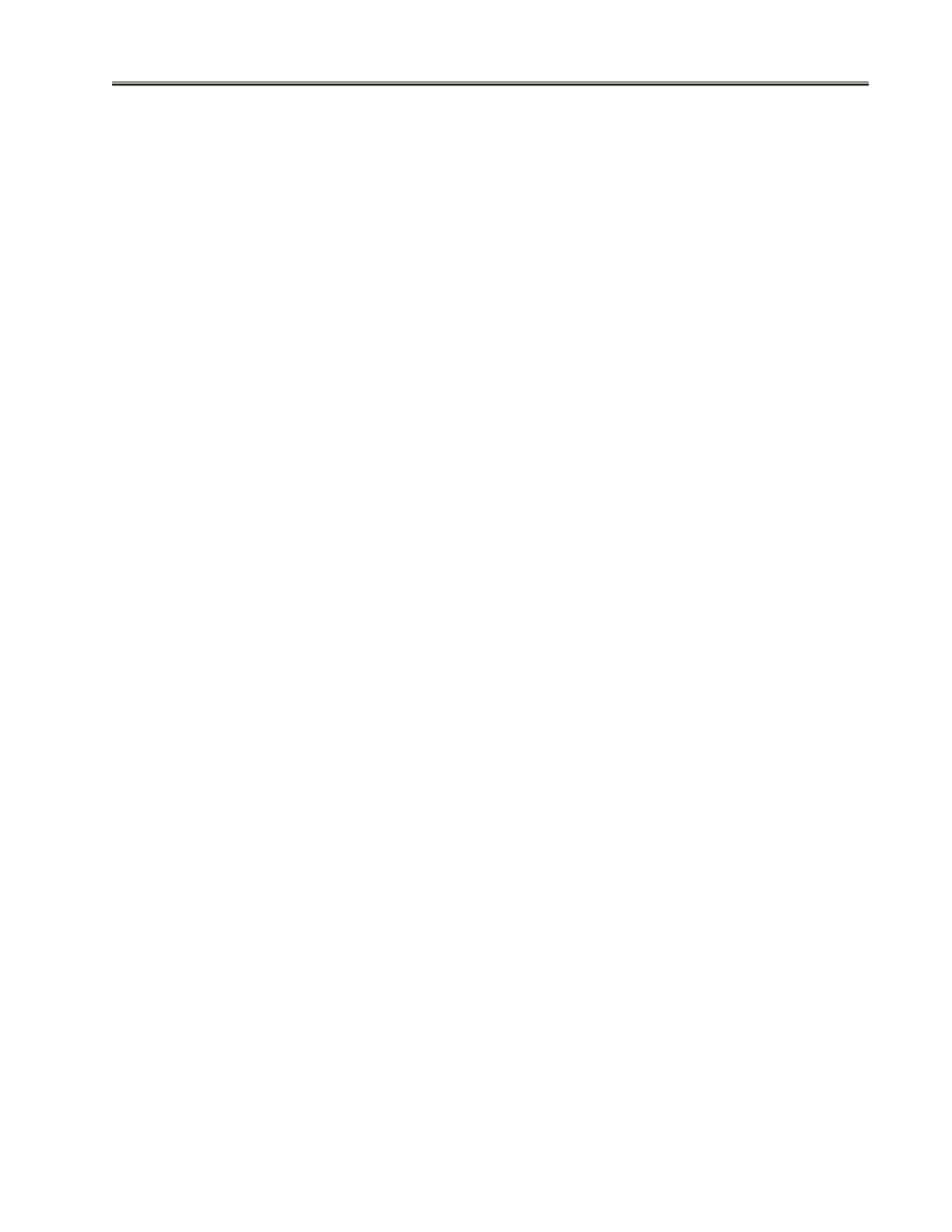
Volume 108 Number 2
AJHM Summer2015 55
Homeopathic Product Regulation
The WHO, however, considers it to be in the second cat-
egory—inclusive. While some aspects of CAM and home-
opathy have become absorbed into conventional care, very
few centers in the US provide TM/CAM treatment in an or-
ganized and systematic manner. The majority of healthcare
systems are almost entirely based on conventional medi-
cine. TM/CAM is still considered a substandard, or even
foolish approach to health. That is certainly the case with
homeopathy, though considering the growth of the market
for homeopathic products, consumers are demonstrating a
clear desire for this modality of treatment.
To address that demand, from an informational perspec-
tive, there are a number of organizations and companies
that provide free information about homeopathy, through
printed and digital publications lectures, and websites.
These sites are easily found through a web search, just
as most people routinely do when gathering information
about their medical conditions and treatment.
Research has found that about 35% percent of US adults
may go online to self-diagnose a medical condition in
themselves or for someone they know; 59% of the adult
population looks up health information online, with 39%
of them searching for someone else. (Fox & Duggan, 2013)
The majority of people (82%) search using the most
common search engines (i.e. Google, Bing and Yahoo,
while about 13% go straight to a website that focuses on
health information, such as WebMD; 2% use Wikipedia;
1% get their information through Facebook and other so-
cial hubs.
Of the large number of internet users seeking informa-
tion about health condition and treatment options, 46% de-
cided they needed professional medical help based on what
they found; 38% believed they could treat their condition
at home; and 11% were in between—consulting but also
treating themselves at home. There is no reason to believe
the case is any different regarding homeopathic medicine.
Although the internet offers easy access and a wider
target audience, the disadvantages include lack of access
by the poor and the fact that electronic communication and
publishing is not always reliable (Gandelsonas, 2002). The
WHO has published guidelines entitled “Medical products
and the internet: a guide to nding reliable information.”
These guidelines could also be used for nding reliable
information on TM/CAM and Homeopathy. (WHO, 1999)
It is important for the consumer to be able to evaluate
information critically, by means of an independent source.
Both reliability and quality of the information need to be
assessed. Instruments for testing the reliability and qual-
ity of general health care information may be developed
to help consumers with this evaluation. One notable ex-
ample is the “Discern Instrument in the United Kingdom,”
designed to help evaluate information in order to identify
the most reliable and high quality. (Charnock, 1998) Cer-
tainly, using web sources to disseminate information on
homeopathy for both consumer and healthcare providers
reaches a wide audience, which is why accurate informa-
tion is necessary.
The media also play an important role in providing con-
sumers with information on homeopathic drugs. In order
to provide accurate information, journalists who report on
health issues should have easy access to reliable sources.
The media need to be reminded about the importance of
ensuring accuracy, credibility, balance, legitimacy and re-
sponsibility. The FDA can help facilitate media access to
authoritative guidance on homeopathic drugs through the
HPCUS or through such expertise within the agency itself.
The World Health Organization has published the
“Guidelines on Developing Consumer Information on
Proper Use of Traditional, Complementary and Alterna-
tive Medicine” (2004; 109 pages): “These guidelines are
intended to provide technical guidance in order to assist
Member States in developing context-speci c and reli-
able consumer information promoting proper use of tradi-
tional medicine (TM) and complementary and alternative
medicine (CAM). The long-term goal is to maximize
the bene ts and minimize the risks of TM/CAM use by
empowering consumers to become active participants in
health care and to make informed choices.” A reference
within the FDA website to this and other dependable re-
sources such as the National Center from Complementary
and Integrative Health (NCCIH) and the HPUS would be
helpful to consumers, providers and the media.
Public information about homeopathy serves the purpose
of spreading knowledge about its potential health bene ts
as well as the potential risks. However, it is important that
information strategies provide a well-balanced message
containing reliable, well-supported information.
A very important source of information and education
in the US about homeopathy are the consumer healthcare
support groups, initiated by the National Center for Ho-
meopathy, which provide access to homeopathic informa-
tion in many communities across the country. Many AIH
members have been involved as visiting speakers to teach
attendees who are mostly consumers or patients who want
to learn more about homeopathic medicines and their ap-
plication. Consumers are able to ask questions and learn
more about their condition and how homeopathy may or
may not be of help in their overall healthcare program.
In many high income countries CAM utilization is be-
coming increasingly popular, with up to 65% of the popula-
tion reporting that they have used this form of medicine.
This includes homeopathy. (WHO, 2002) Increasing sales
of homeopathic drugs in the US reflects the increasing
consumer value and utilization of these products despite
the efforts and claims by some skeptics that there is no ef-
fectiveness of these therapies.
I have had the privilege, and the opportunity, to work
collegially with a group of physicians specialized in vari-
ous CAM modalities, at the Myrna Brind Center, of Thom-
as Jefferson University. We interact with colleagues from
other departments within the university, including giving
presentations on homeopathic medicine at grand rounds.


